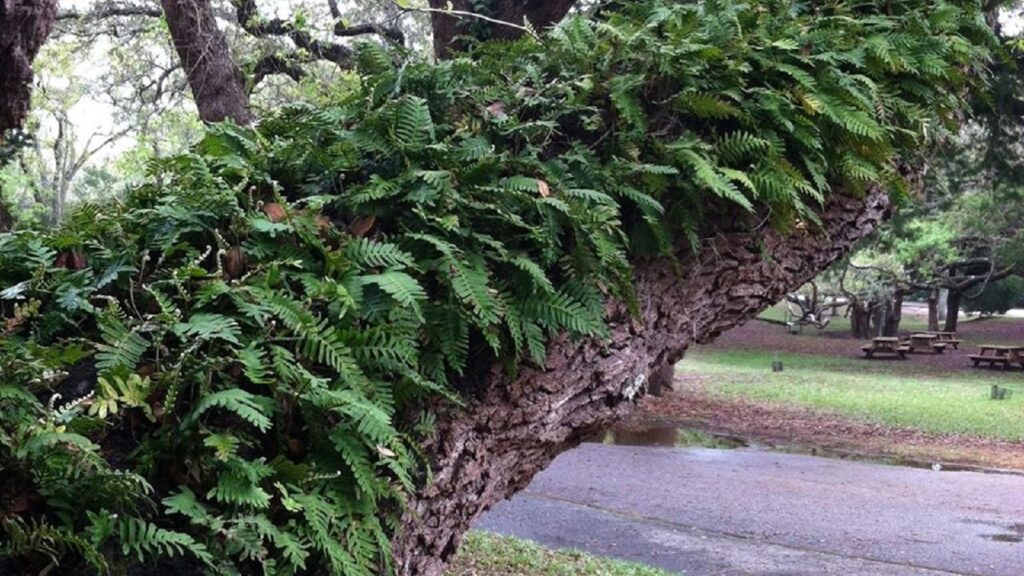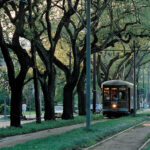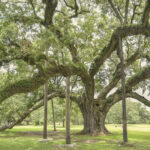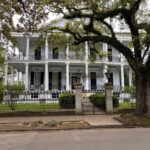The Oak That's Evergreen
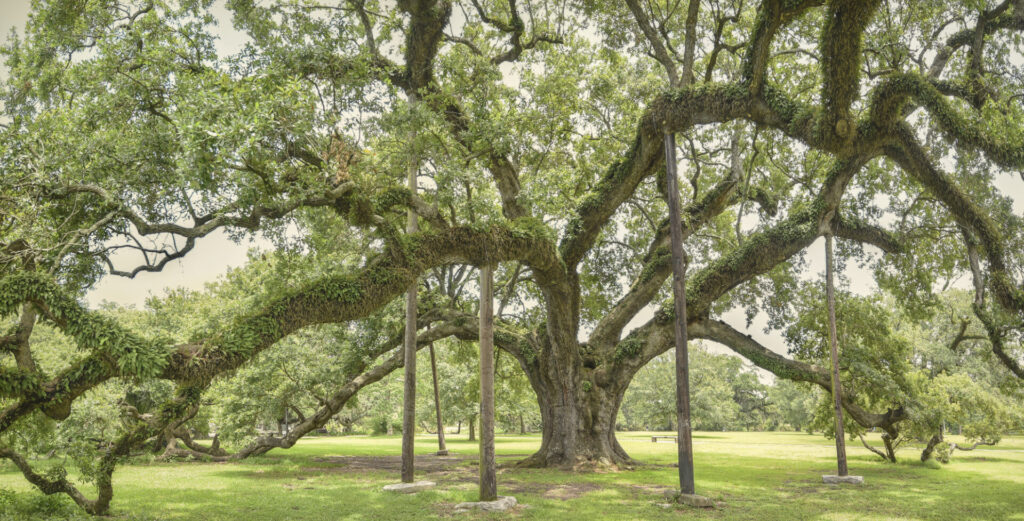
Mikko Macchione
Tour Guide with Unique NOLA Tours and Author of books about New Orleans.
Perhaps no sight in New Orleans stuns and relaxes the viewer greater than our Live Oaks. These majestic trees spread widely over the streets and throughout the parks, providing much needed shade and a home for numerous species of flora and fauna.
Quercus virginiana grows along the Southern coast from North Carolina to Florida and west to Texas. They love to drink, some draw over 50 gallons of water a day. Louisiana, being super wet, might be their favorite home – some of the largest ones are around our Lake Pontchartrain, and New Orleans claims some of the most famous ones.
They are called “Live” Oak because they stay green year-round. Now, they don’t actually stay green, what happens is they lose their smallish leaves bit by bit throughout the year, so there is always foliage, even when other species are leafless in the winter.
Back in colonial times, Live Oaks were farmed for their amazingly hard wood. A dried out block of the oak weighs 55 pounds per cubic foot. The USS Constitution, the undefeated warship in olden days, is made of Southern Live Oak. Appropriately, the ship is nicknamed “Old Ironsides” as many British cannonballs bounced off its hull.
Along with its beauty and utility, Live Oaks host the usual suspects: birds, squirrels and environmentally essential insects. Further they also host air plants, or epiphytes. The most famous epiphytic (we just wanted to use that cool word) guest of the Live Oak is Spanish Moss. This guy hangs gloriously off the trees in open areas away from car exhaust, most notably in City Park. Draped like silky curtains in groves of the Oaks, the effect can be romantic, dreamy or, to some, spooky.
Another epiphyte that clings to the oaks is a little fern that attaches to the tree’s bark. Normally the fern looks dry and dead, but when it rains it comes up green and lush. After a storm, the trees look like enormous verdant stuffed animals. For this odd life cycle the plant is called “Resurrection Fern.”
Medicinally, the oak is an old time superstar. The Houma nation of natives used its bark and leaves for dysentery, tumors, swelling and bleeding. Early settlers made a poultice from the bark to ease swellings in the throat, shrink hemorrhoids and varicose veins.
The Live Oak famously live a long time, some over 1000 years old. Many of these get named and join the Live Oak Society. There is only one human in the society, its chairman. The other members such as the president, vice president et cetera, are trees. As the tree ages its canopy spreads – there are a few that shade a third of an acre. The oldest Live Oak in New Orleans is the John McDonogh Oak in City Park aged 750-900 years old.
So we have a conifer that goes bare in the winter – the Bald Cypress, and an oak that’s always throwing shade. And the sun rises over the West Bank. Is it any wonder this place is known as the Land of Dreams?

